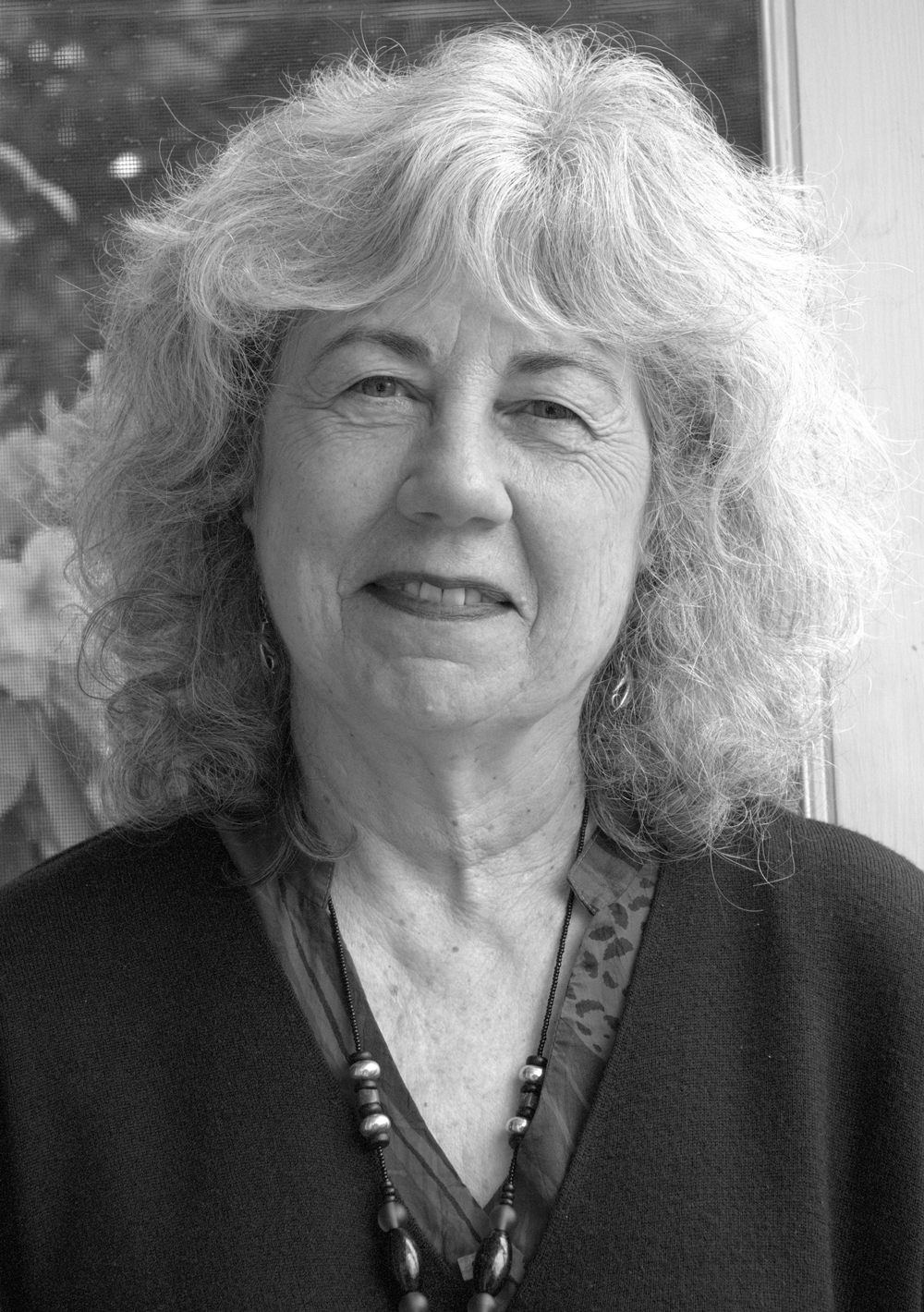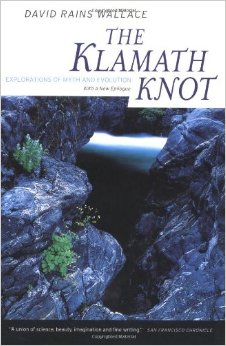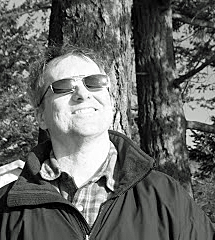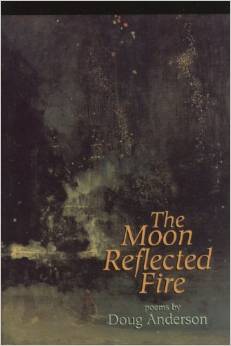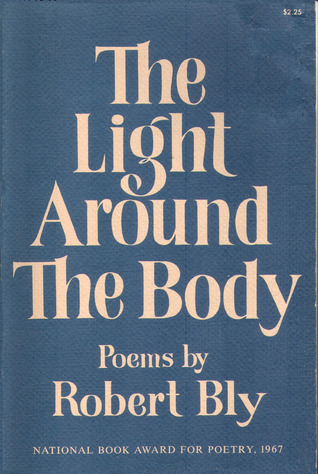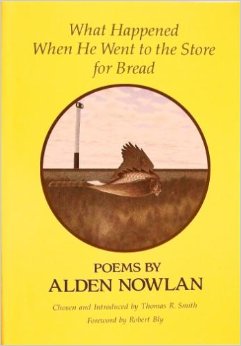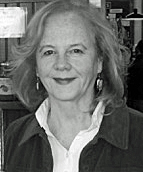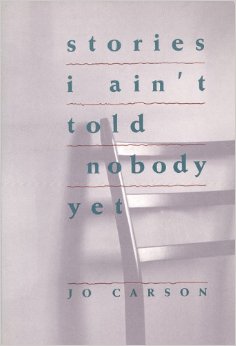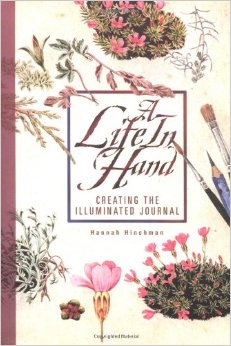Currie Silver on The Art of Being
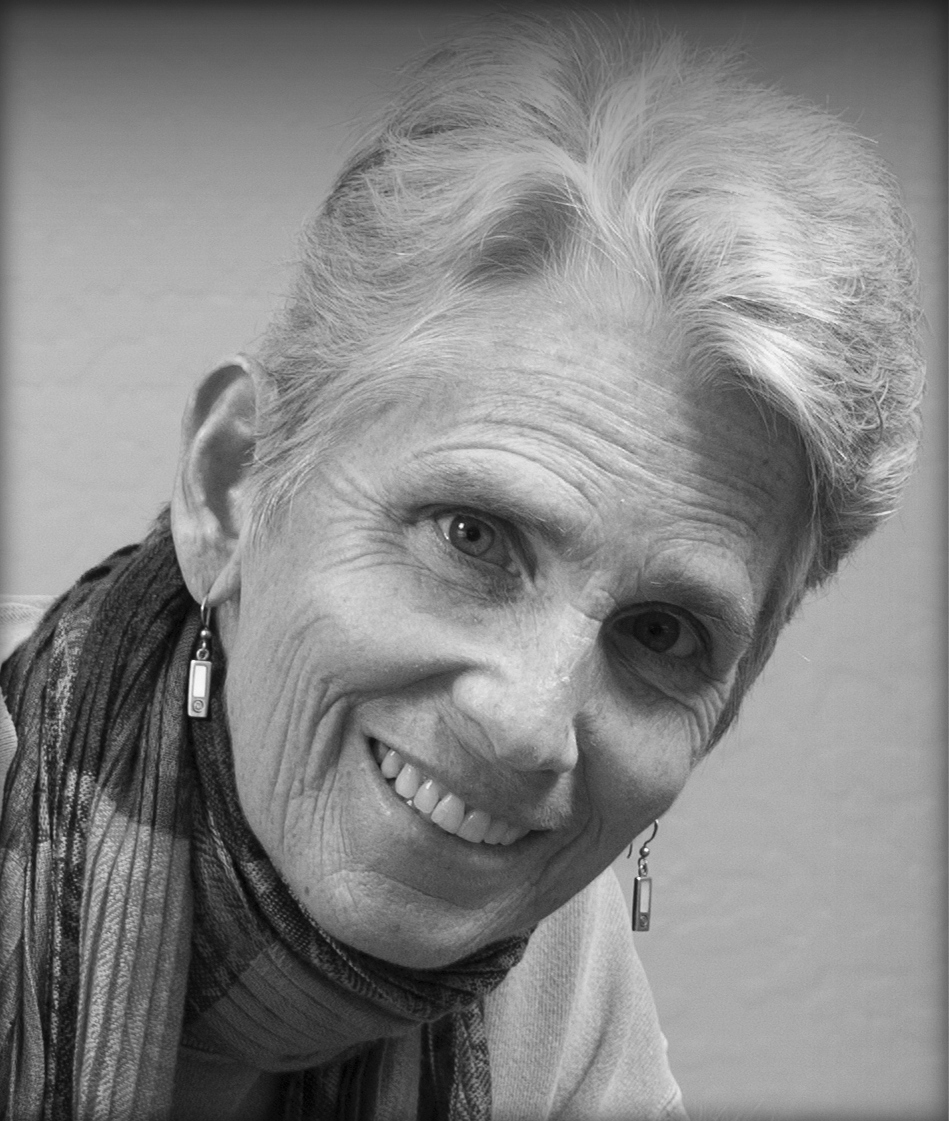 Currie Silver is an artist living in Mesa, Arizona. Her colorful, collage-like paintings and assemblages offer uplifting affirmation of life’s bright side. Living with stage 4 lung cancer, she maintains a gratitude blog, I Love You, Currie.
Currie Silver is an artist living in Mesa, Arizona. Her colorful, collage-like paintings and assemblages offer uplifting affirmation of life’s bright side. Living with stage 4 lung cancer, she maintains a gratitude blog, I Love You, Currie.
“These are two things about me that really matter to me,” says Silver. “I am an artist with the soul of a teacher, and, learning is my heart. It completes me. Even now, as my life is winding itself to a close, I am learning and teaching and loving life. Every. Single. Day.”
Silver's life and art embody be-ing.
“The Art of Being is about being myself, being human, right now," she says. "Since I’m only ever in right now, this keeps those pesky expectations in their right place. The Art of Being is also about sometimes being some way other than my usual self’s way of being. It is about the place where joy and grief meet and take a walk. But while I might define it this way today, it's likely to change over time. All art is that way, so there is always movement and change, even when standing still or sound asleep."
Currie Silver offers her three favorite books on the art of being: The Phantom Tollbooth
The Phantom Tollbooth
by Norton Juster
I discovered this book around 1969 and read it aloud to my campers. It was sheer joy for me. Learning to read it the way I liked best was in chapters, over time, and out loud. I loved being able to nearly recite it because I had read it so much. It’s a nice way to bring it inside so it can shine out into the world. It’s why the book is such a favorite. And why I’ve always returned to it when I’ve lost my way. Favorite books work that way for me. And The Phantom Tollbooth is a multi-layered favorite. An excerpt:
"It has been a long trip," said Milo, climbing onto the couch where the princesses sat, "but we would have been here much sooner if I hadn't made so many mistakes. I'm afraid it's all my fault."
"You must never feel badly about making mistakes," explained Reason quietly, "as long as you take the trouble to learn from them. For you often learn more by being wrong for the right reasons than you do by being right for the wrong reasons."
"But there's so much to learn," he said, with a thoughtful frown.
"That's just what I mean," explained Milo, as Tock and the exhausted bug drifted quietly off to sleep. "Many of the things I'm supposed to know seem so useless that I can't see the purpose in learning them at all."
"You may not see it now," said the Princess of Pure Reason, looking knowingly at Milo's puzzled face, "but whatever we learn has a purpose and whatever we do affects everythinging and everyone else, if even in the tiniest way. Why, when a housefly flaps his wings, a breeze goes round the world; when a speck of dust falls to the ground, the entire planet weighs a little more; and when you stamp your foot, the earth moves slightly off its course. Whenever you laugh, gladness spreads like the ripples in a pond; and whenever you're sad, no one anywhere can be really happy. And it's much the same thing with knowledge, for whenever you learn something new, the whole world becomes that much richer."
"And remember, also," added the Princess of Sweet Rhyme, "that many places you would like to see are just off the map and many things you want to know are just out of sight or a little beyond your reach. But someday you'll reach them all, for what you learn today, for no reason at all, will help you discover all the wonderful secrets of tomorrow."
This passage has informed my life for many years. It has comforted me when things were going too fast. It has taught me to love mistakes, my own and others. To celebrate the wrong doings and the power of doing. I did a lot of heart art about making mistakes and being wrong awhile back. I loved that it spoke to people and brought them into a place where they began appreciating just being without all the doing.
So much richness in this book. Every pass is like the first time, only better. 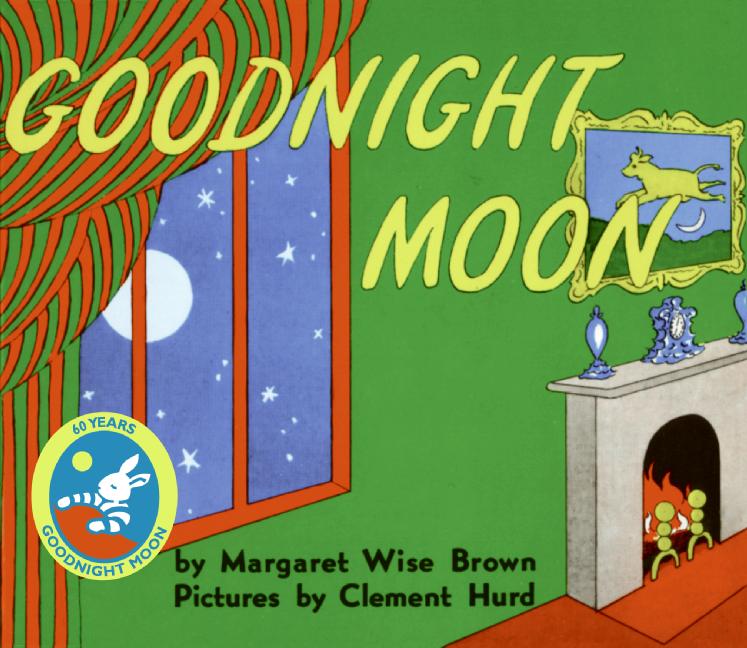
 Goodnight Moon
Goodnight Moon
by Margaret Wise Brown
I chose this because it is a treasure. It is a simple little story about being present in our own world and appreciating it, as it is and as it is not. It’s everything simplified. Saying goodnight to the socks and the cow jumping over the moon is a lot like how I end my days.
It’s somewhat silly, I’m sure, but the reading practice of Goodnight Moon 36+ years ago showed me how to let go of my day when sleep was at hand. I learned this by doing. And by being willing.
Goodnight stars, goodnight air, goodnight noises everywhere.
In addition to stars and air and noises everywhere, I say goodnight to my day’s shortfalling. I say goodnight to doing the best I could even when it turned out to be a huge and ugly mess. I say goodnight to my unasked and unanswered questions. I say goodnight to everything I have, everything I’ve lost, and everything that remains.
Margaret Wise Brown said, “In this modern world where activity is stressed almost to the point of mania, quietness as a childhood need is too often overlooked. Yet a child's need for quietness is the same today as it has always been — it may even be greater — for quietness is an essential part of all awareness. In quiet times and sleepy times a child can dwell in thoughts of his own, and in songs and stories of his own.”
And she said this a lot of years ago as she lived from 1910 to 1952.
I love the way this story changed me when I became a parent. How it let me feel I was enough. How the repetition built the bond in my relationship with my son, even now. 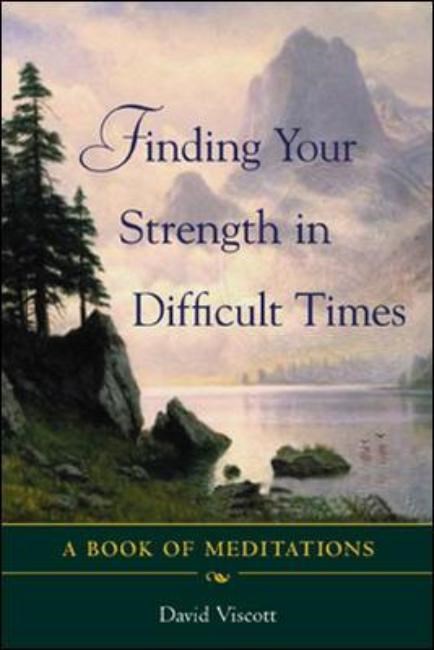
 Finding Your Strength In Difficult Times
Finding Your Strength In Difficult Times
by David Viscott
It came like a feather on the wind into my world when it seemed like Difficult Time was my default setting. Over the last 22 years I have read it so many times that it always seems to be just what I need.
Thinking about what I want to write, sometimes I will randomly open this book. I’ll do that now:
Now
Surrender to this moment.
This moment is the stuff of Life.
Memories are past, both the good and the bad.
Fears define events that have not yet happened, and worry drives away simply Being.
Live in this moment, at this time, when Life takes place.
It will not take place. It has not taken place. It is taking place.
. . . Now is never and forever, both fleeting and eternal.
Now is the gift of Life spreading its wings in glad bestowal.
Now is Now, If you live in this moment, you live in every other part of Time.
. . . Now is everything, but it is also nothing. It is none of the past and yet it is all of the past, the tip of the spear of time needing everything that led up to this moment itself.
Ride the moment bravely and in passion. It is where you are most alive. It is where children play and where silence fills the forest. There is as much room in this moment as you are empty of your past.
I am in this moment being me.
Each little meditation is like this. Over time I’ve gone again and again to this source for comfort, inspiration, insight, and perspective.
Let Others Be Free
Let other people be free.
Free to accept you, free to turn you away.
Let other people be free to love you and to love you not.
If these words strike your heart with the agony of anticipated rejection, consider for a moment that only people who are free not to love you can love you completely.
I could go on for days. Some of these I don’t read for years and years and suddenly there is something in this little book I could swear had never been there before. I guess this is why this book has remained as one of my few real books.
The Art of Being comes in all shapes and sizes. Sometimes it is something to see, or to touch, and sometimes it’s something quiet and too tender for words. The Art of Being is sweet word-dancing. It causes my inside to smile and grin. Which then pours itself into my world. The Art of Being is the willingness to shine and the courage to be wrong.
Postscript: Currie Silver died on April 25, 2015.
Her brother, Ward Silver, writes: "To all who have found their way to the magical mystery who was my little sister, I thought you should know that she passed on to an even more wondrous place. Her art gave her great joy, and helped sustain her to the last; as did those of you who were touched by her gentle, vibrant spirit."

 14 Comments
14 Comments